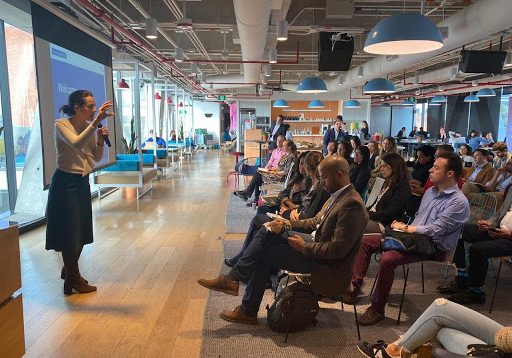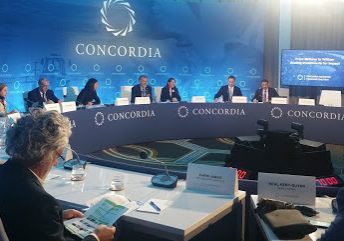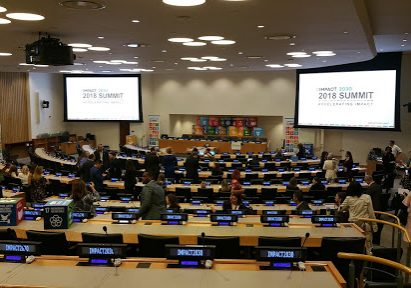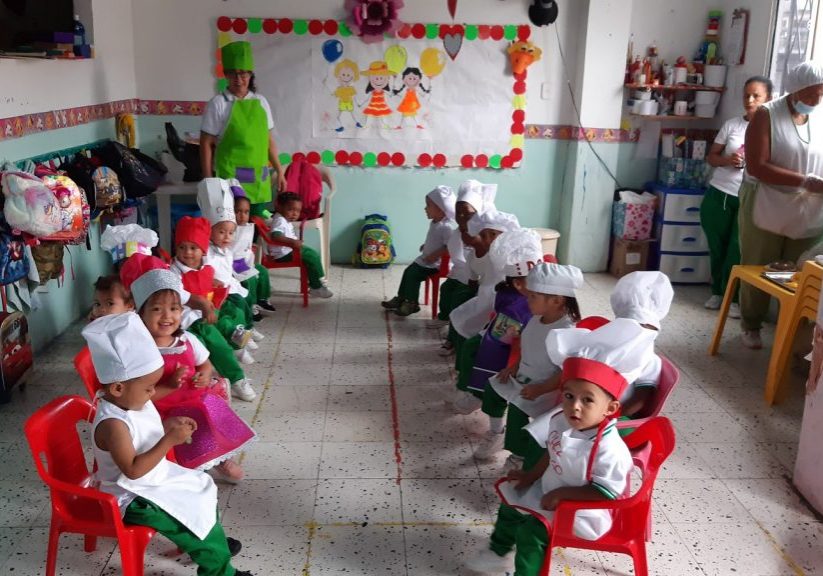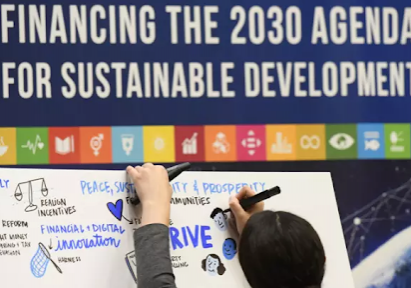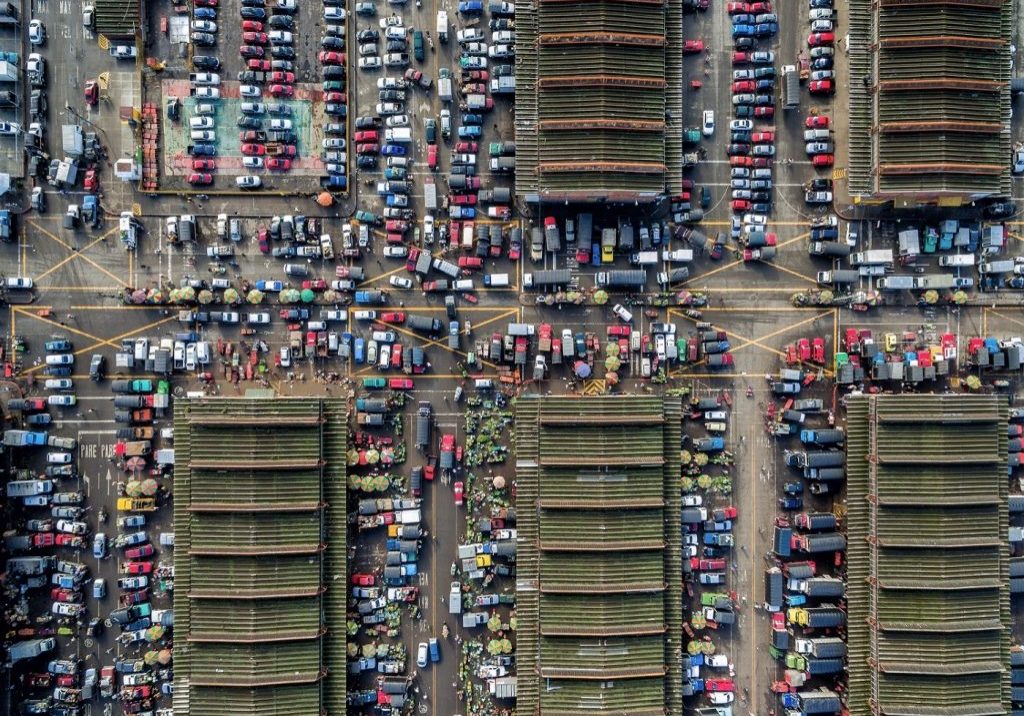

Recent Posts
Climate Launchpad
Concordia Coalition on Innovative Finance
Impact2030 & Human Capital
Early Childhood Development – Hybrid Value Chain
Report Card on Countries Readiness (Innovative Finance to Scale)
Nutrition & Food Security (System change is primordial)
Why Everyone Missed the Most Impotant Invention in the Last 500 Years
Author, futurist, thinker, (and Bitcoin enthusiast), Daniel Jeffries, inked a post earlier in 2017 entitled "Why Everyone Missed the Most Important Invention in the Last 500 Years."
The focus of Jeffries' piece is the significance of the invention of Triple Entry Accounting and the notion of the distributed ledger, which has become the primary motivation behind the evolution of blockchain technology and cryptocurrencies.
Yuji Ijiri, the mind behind triple entry accounting and its invention in 1989, may not have known that he was ushering in the next wave of human understanding, but it is clear that this has set the accounting world afire. In the years that have followed, we have seen the emergence of multi-capital frameworks and, more recently (2013), the creation of the International Integrated Reporting Council (IIRC) and the Reporting 3.0 initiative (2016), the latter of which takes triple entry accounting and multi-capital frameworks to yet another level of integrative thinking and development.
Blending Capitals in Community
Many of the first iterations of multi-capital frameworks were introduced in the realm of community development in the 1990s. Initial offerings included individual-based and community-based models. In the decades since, multi-capital frameworks have changed little in terms of the capitals represented in a community development context; what has been more prevalent, however, is the emergence of one capital (social capital), in its two iterations (bonding & bridging), that appears to determine to what degree a community development initiative will be successful when integrating a multi-capital approach.
Blending Capitals in Home Health
Blending Capitals in the Home Healthcare sphere supports families and the care professionals, volunteers, friends, and other stakeholders in a given care ecosystem to develop an omni-directional capital awareness that ultimately leads to an omni-directional care awareness, generating a holistic care mandala for each member in a given field of care. A multi-capital framework supports a Home Healthcare environment to move from a patient-centric model of care to a more emergent and intuitive field of care designed to tend to all participants. Recognizing that each member of a care ecosystem represents a multi-capital pool of assets in and unto her/himself, and that the overall "health" of that individual node has a direct impact on the entire system, the blending capitals approach in the Home Healthcare space signifies the intention to care for each node (omni-directional care awareness) in order to deliver the most robust and sustainable field of care for the designated "patient."
What we are discovering is that due to the existing multi-capital assets of a patient, quite often overlooked in the care systems of today, we can reimagine the entire care ecosystem: each member may benefit from the exchange and interdependence of all members, their assets, and the communal environment that affords participants to do so.
Blending Capitals in Disaster Recovery
When considering Disaster Recovery, the blending capitals approach recognizes that it is relatively easy to measure the depletion of infrastructure, financial, and human capitals in the aftermath of a disaster. However, what is more difficult to assess is the loss of social, psychological, cultural, and other less tangible capitals. Consequently, the former set of capitals is most likely to be measured first, with little emphasis on the latter: We cannot initiate efforts to recover what we cannot measure.
Thus, one of the most significant contributions that a blending capitals approach to Disaster Recovery emphasizes is the infusion of multiple capitals, particularly the more intangible capitals, from external actors. Bridging social capital, especially, plays a major role in the initial support of destinations in a post-disaster recovery environment, and continues to do so well into the recovery timeline.

